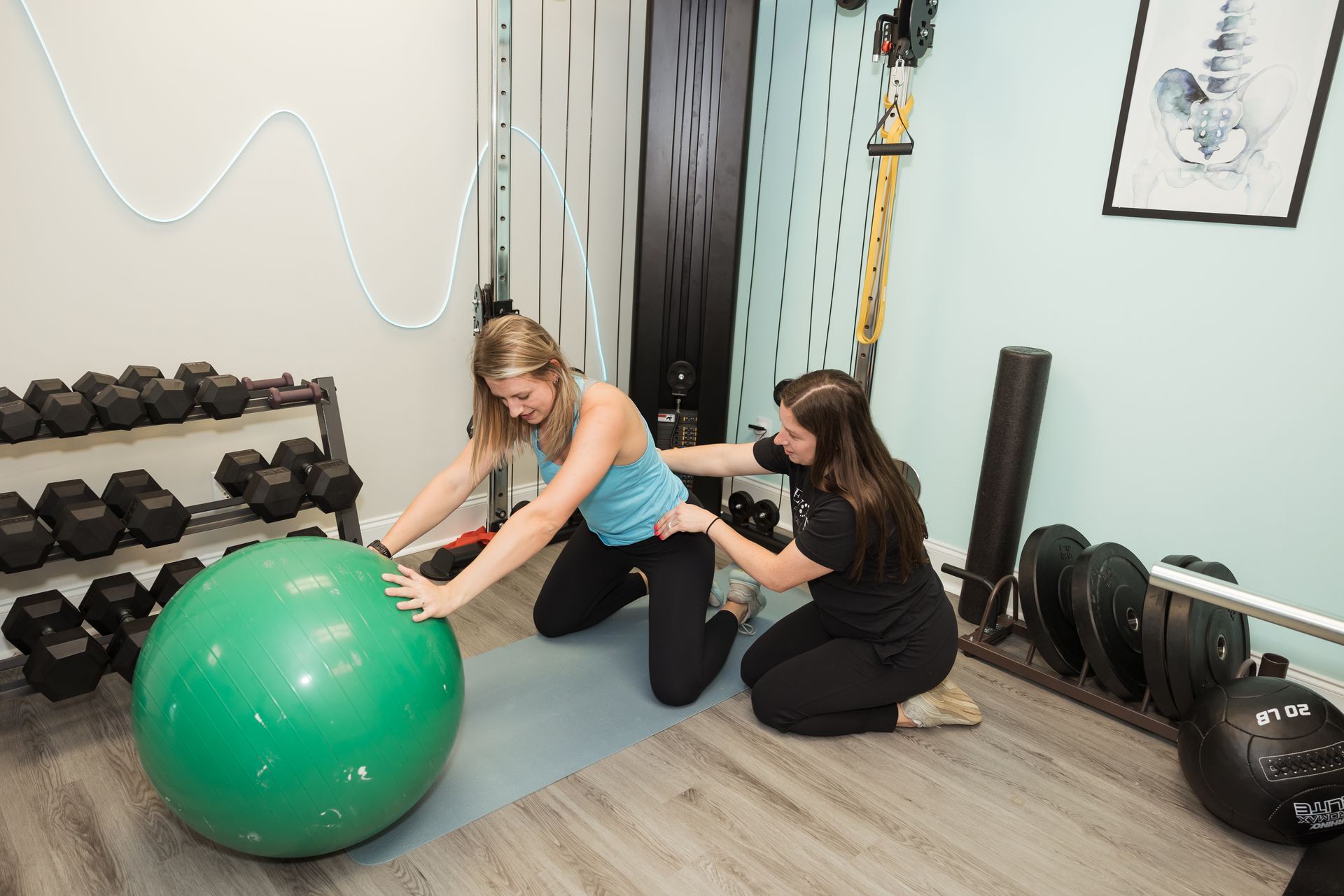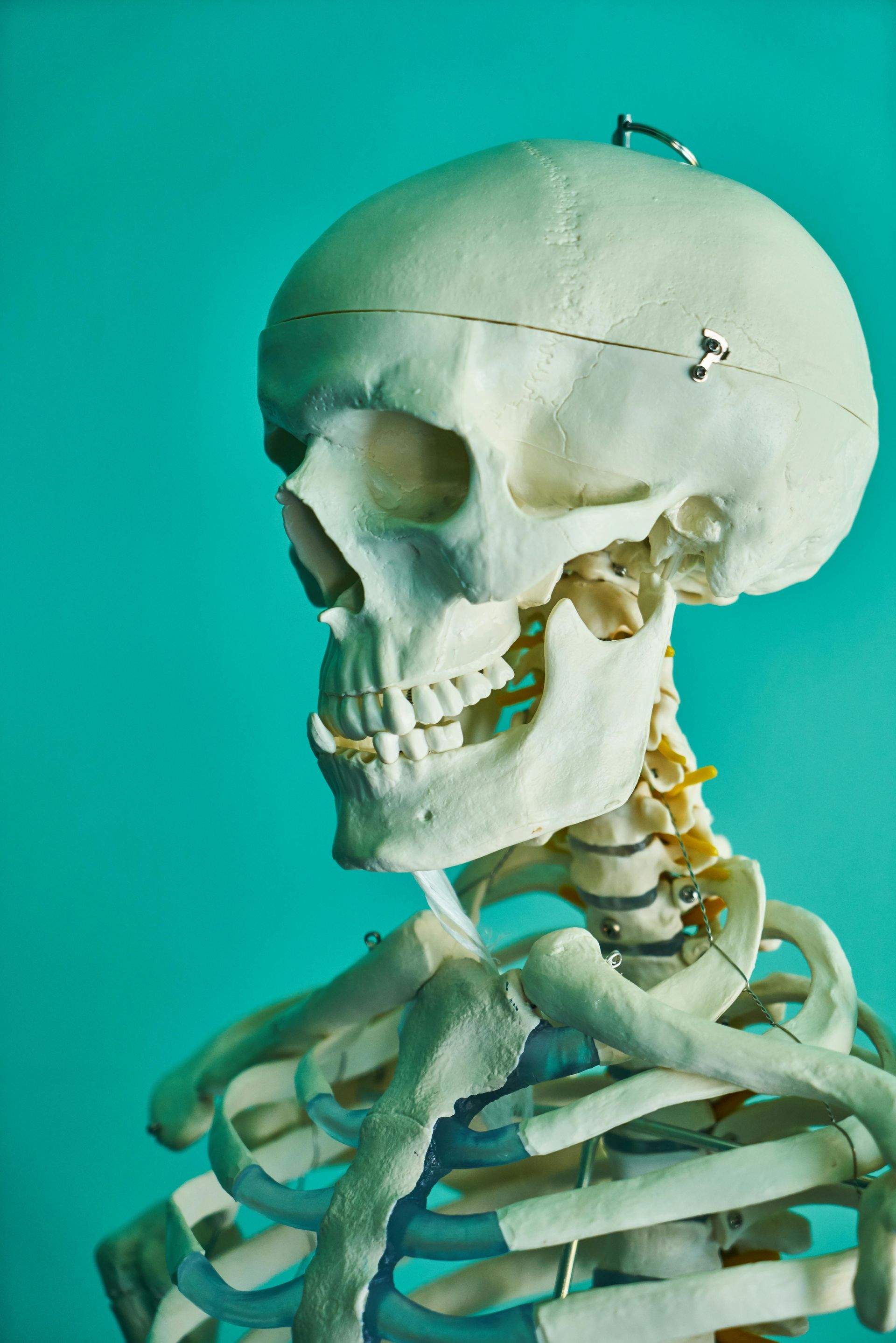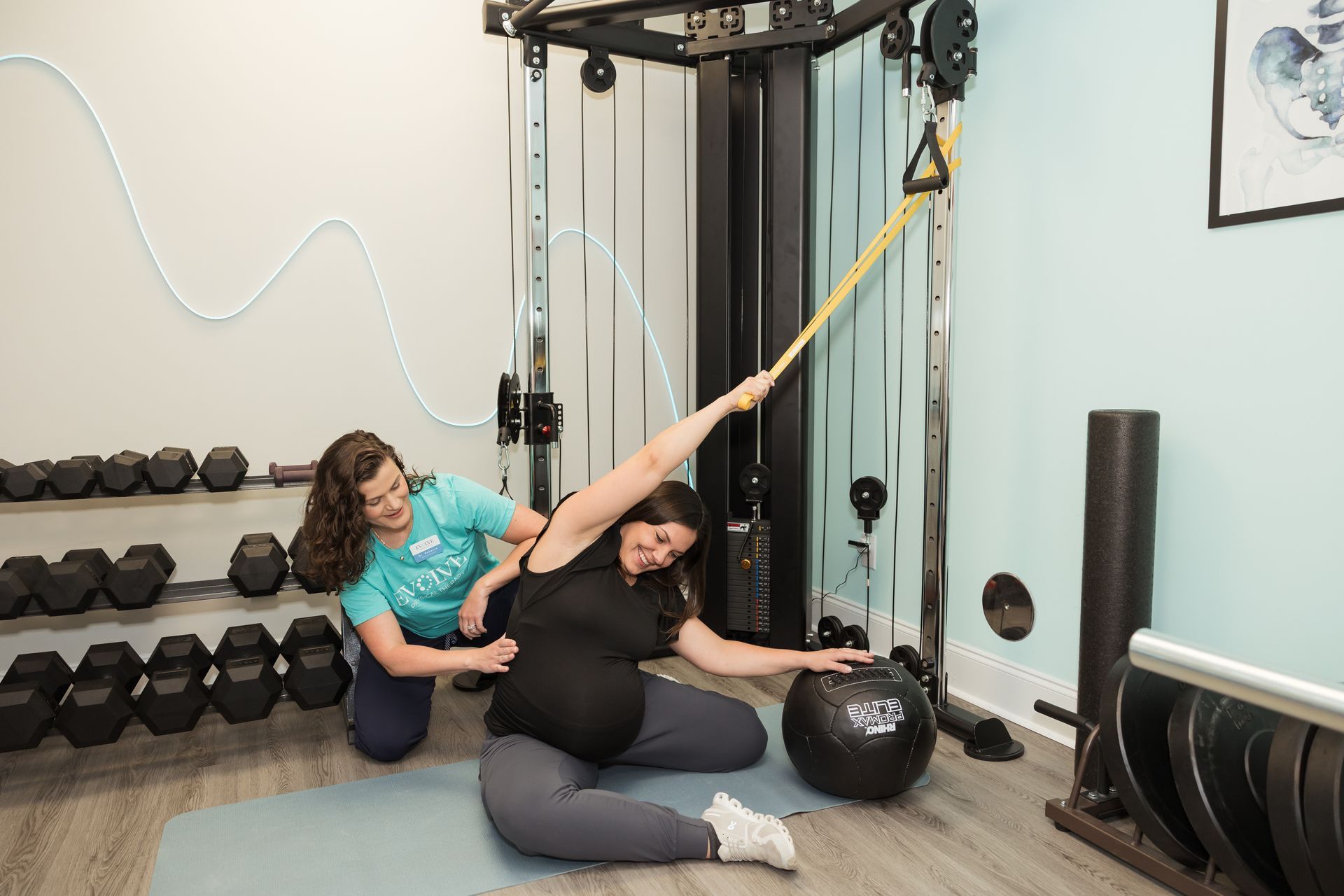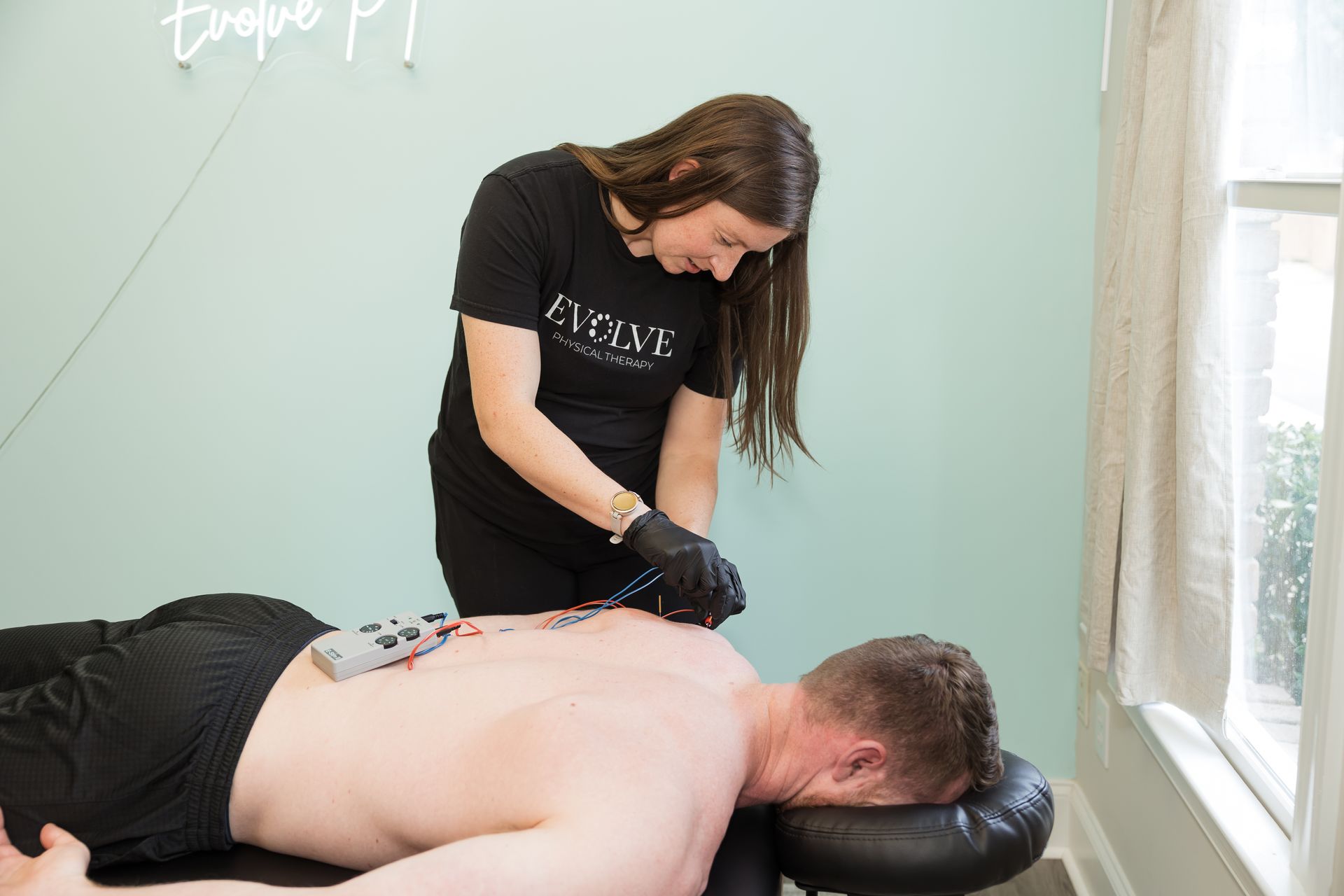What Does A Running Analysis Look Like With A Physical Therapist - Holly Springs, NC
Evolve Physical Therapy in Holly Springs, NC
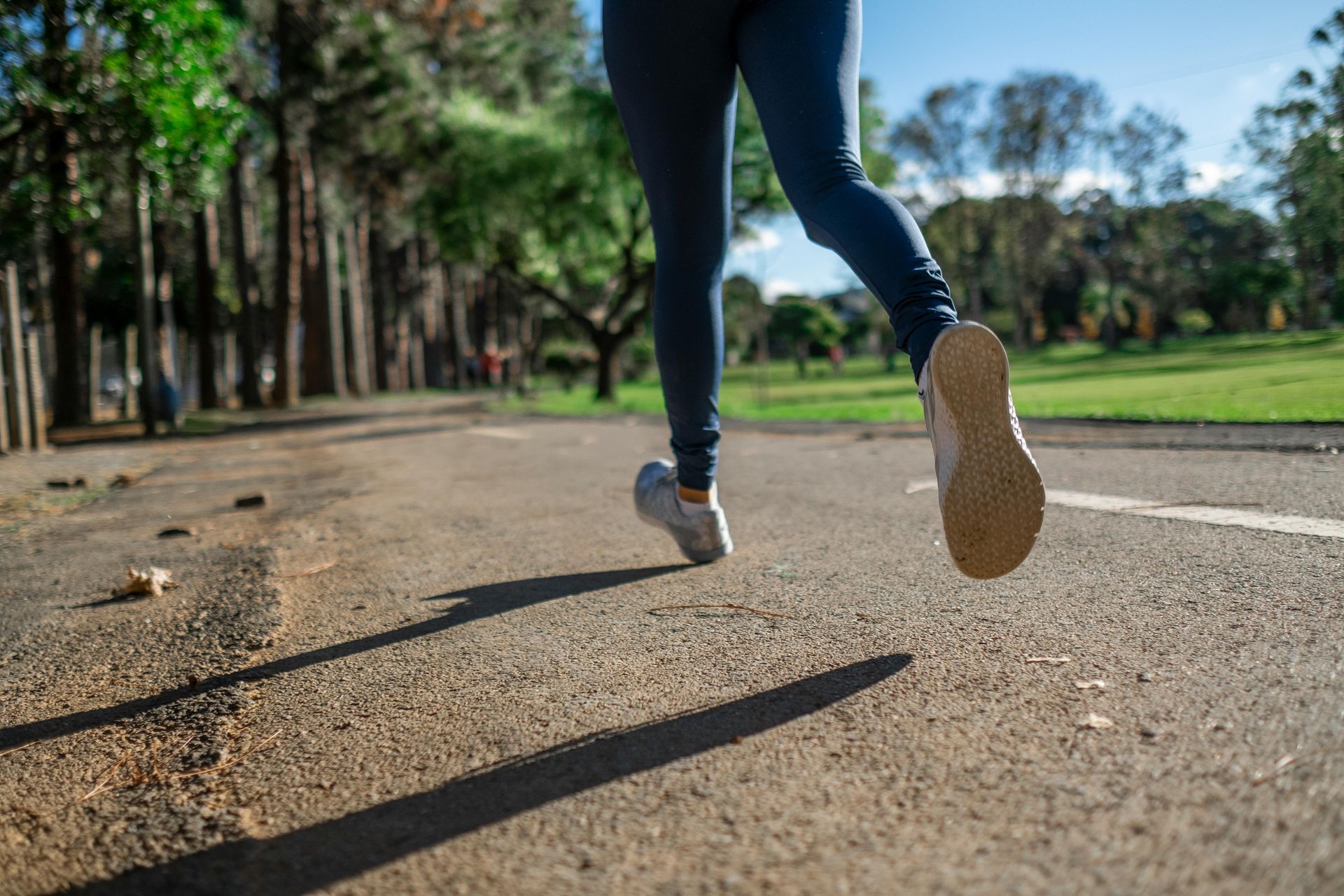
Whether you're a seasoned marathoner, a weekend jogger, or just lacing up for your first mile, running efficiently and safely is key to performance and injury prevention. A running analysis with a physical therapist (PT) offers valuable insights into your movement patterns, strengths, and potential areas for improvement.
But what exactly happens during a running analysis? Let’s break it down.
During the first phase of the running analysis, your PT will provide an initial consult and discuss your past medical history. This can include, current/past injuries, training history and goals, pain/discomfort while running, assess footwear, and any past medical conditions that you may have. Understanding your background helps the PT tailor the assessment to your needs and identify possible causes of pain or inefficiency.
Next, your PT will perform a movement assessment of you prior to hitting the treadmill. This can include:
- Single-leg balance tests
- Squats, lunges, and step-downs
- Range of motion and flexibility checks (hip, knee, ankle, spine)
- Core and lower extremity strength tests
This part reveals underlying mobility or strength deficits that might impact your running form. After this part of the assessment, your PT will move onto the gait analysis.Now it’s time to run. You’ll typically jog on a treadmill while being recorded from multiple angles (rear, side, and front). This footage allows your PT to analyze:
- Foot strike pattern (heel, midfoot, forefoot)
- Cadence (steps per minute)
- Stride length and symmetry
- Hip, knee, and ankle alignment
- Pelvic stability
- Arm swing and posture
Slow-motion playback and frame-by-frame analysis can highlight subtle imbalances or inefficient mechanics. After analyzing your running, your PT will walk you through the footage and discuss any deficits or impairments found.This will allow the PT to make improvements and help you become a more efficient runner. Your PT will walk you through the video footage and explain:
- What your gait looks like
- Where inefficiencies or risks for injury lie
- How your form may contribute to pain or recurring injuries
Based on your analysis, your PT will design a custom program, which may include, strength training, mobility work, running drills, cadence adjustments, or a protocol for returning to running if the patient is coming back from an injury. Overall, a running analysis can be a very beneficial tool to address recurring injuries, pain during or after running, or if you are just looking for ways to improve your performance.
